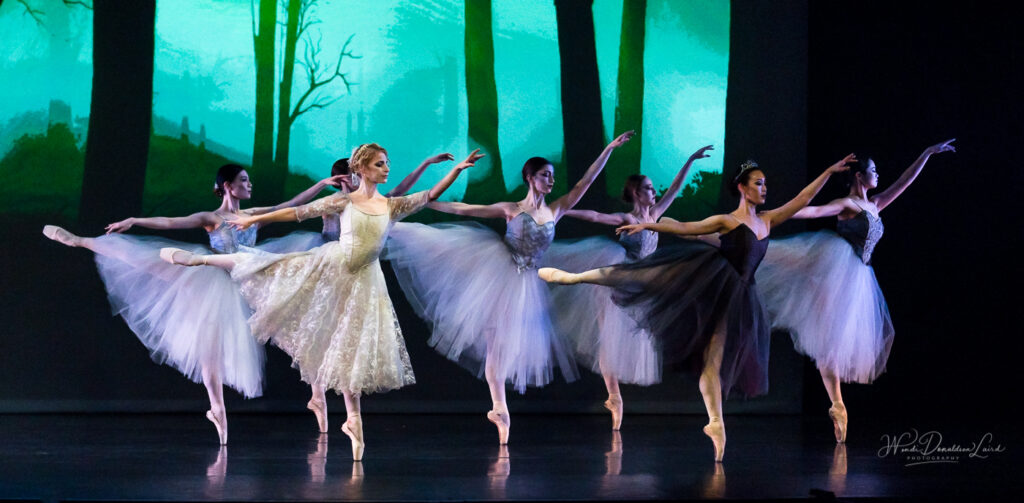Frankenstein - The Creation
Ballet Victoria’s Frankenstein mixes two classic works: one from literature, Frankenstein, and one from Classical Ballet, Giselle. In 1818, at just 18 years old, Mary Shelley crafted her masterpiece “Frankenstein” while visiting Geneva – the birthplace of many Romantic novel writers due to the unrelentingly terrible weather and high demand for German ghost stories. She wrote it over the span of a weekend to enter a writing contest amongst peers. Soon after, she became one of the first horror novelists and her work has since persevered as a true Romantic literature classic; filled with romance, horror, awe, and terror. Romanticism, a movement originated in the late 18th Century, is typically understood as a reaction against both the Industrial Revolution’s devaluing human spirit and embracing the soulless assembly line, and the enlightenment claims of scientific certainty. It prizes intuition over rationalism. Similar, is Tim Burton’s “Corpse Bride,” a story which effortlessly weaves into our narrative. This story handles parallel concepts of life after death, emulated by key dancers in an ache for belonging. The innovative Frankenstein uses choreographic inspiration from the Classical Ballet, “Giselle” (1841), with twin themes of love and desire. The first act is strung by a mix of classical music, tango, Chacha, opera and contemporary music comprising Shostakovich, Gade, Beethoven (Moonlight Sonata), Dukas (Apprentice Sorcerer), Edmundos Ros (Chacha), Catalani (La Walli), Nicola Piovani (La Vita e Bella), and Verdi. The second act moves into a mirrored “Giselle” using the traditional music of Adam; An emotional switch when the creature and his bride must dance through dawn to keep safe from the Wilis. Each composer emulates the terrors of love and accompany notes of unexpected humour in the unique Ballet.
